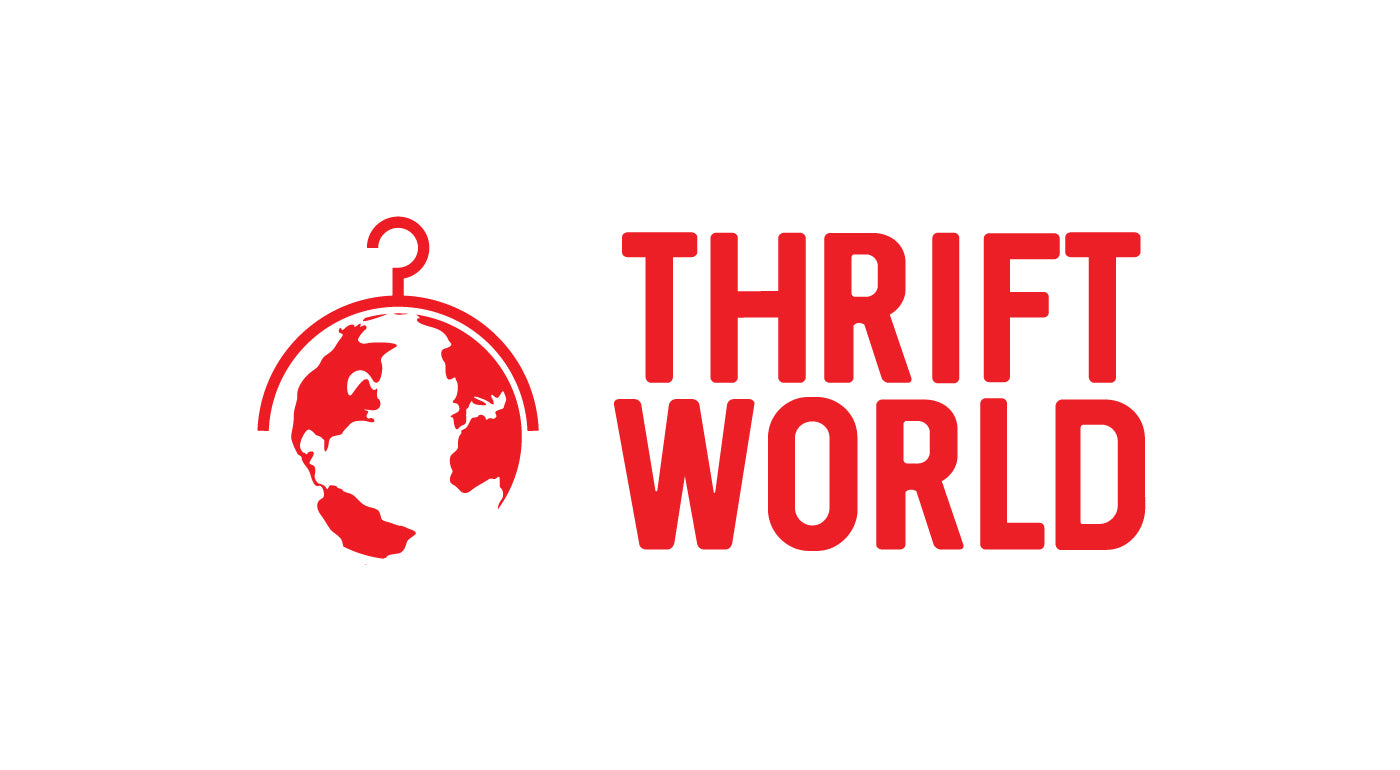Thrift shopping has transcended its humble origins to become a global phenomenon. Today, it's not just about finding unique treasures or affordable clothing — it's a lifestyle choice that champions sustainability and reduces waste. But how did thrifting evolve from simple rummage sales to a trendsetting force in fashion and sustainability? Our team at Thrift World will help you explore the fascinating history of thrifting. Try thrifting by shopping in-store or online thrifting.
The early beginnings:
The concept of thrifting can be traced back to ancient times when communities practiced barter systems, exchanged goods or repurposed clothing and textiles. However, it wasn't until the 19th century that organized thrift stores started emerging in Europe and the United States. These stores aimed to alleviate poverty by providing affordable clothing and household items to those in need.
The thrift movement:
In the late 19th and early 20th centuries, a thrift movement began to gain momentum. This movement emphasized saving money, being frugal and repurposing items, values that aligned with the economic challenges of the time, including the Great Depression. People started donating items to charitable organizations, giving rise to the first thrift stores.
World War II and rationing:
The second World War brought significant changes to fashion and consumer behavior. Rationing was enforced in many countries, limiting the production of new clothing. People turned to thrifting to make the most of their existing wardrobes, mending and altering garments to extend their lifespan.
The Golden Age of Thrifting:
The 1960s and 1970s saw a surge in thrifting's popularity, driven by countercultural movements, such as the hippie and Bohemian styles. Thrift stores became treasure troves of vintage fashion, offering unique pieces that reflected individuality and rebellion against mainstream fashion.
Rise of secondhand chic:
In the 1980s and 1990s, thrifting entered the mainstream. Vintage clothing became a fashion statement, with celebrities and trendsetters embracing secondhand finds. Thrift stores evolved into more organized and curated spaces, catering to a broader range of consumers.
The digital thrift revolution:
The 21st century ushered in the era of online thrifting. Platforms like eBay and Etsy allow individuals to buy and sell secondhand items globally. The convenience of online thrifting made it accessible to a broader audience and expanded the thrift community.
Sustainability takes center stage:
As concerns about climate change and fast fashion's environmental impact grew, thrifting became synonymous with sustainable fashion. Thrift stores, like Thrift World, focused on diverting textiles from landfills and promoting the reuse of clothing, aligning with the principles of the circular economy.
Today's thrift culture:
Thrifting has never been more popular. Social media influencers and sustainable fashion advocates champion secondhand style, showcasing their thrifted finds. Thrift stores have become trendy destinations where people hunt for one-of-a-kind pieces while supporting sustainability.
The history of thrifting is a testament to its enduring appeal and evolving significance. From its humble beginnings as a means to alleviate poverty to its current status as a sustainable fashion movement, thrifting has woven itself into the fabric of society. It not only offers a glimpse into the past through vintage fashion but also paves the way for a more sustainable and mindful future. As we continue to embrace thrift culture, we celebrate its rich history and the positive impact it has on our world today.
Online thrifting
Shop with us at our Thrift World locations around the Omaha Metro, Council Bluffs, Carroll, St. Joseph and Kansas City! Can’t make it to a thrift store near you? Browse our inventory by online thrifting.




Comments (0)
There are no comments for this article. Be the first one to leave a message!